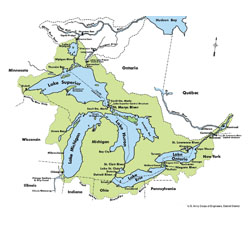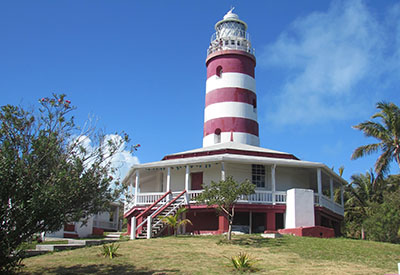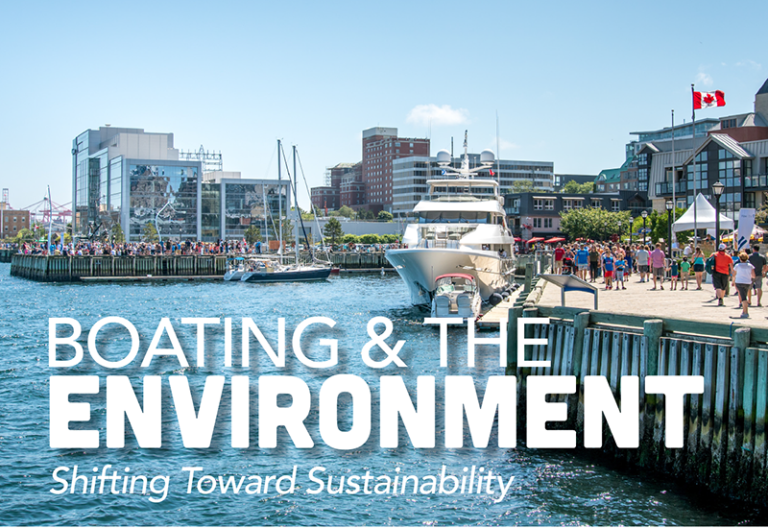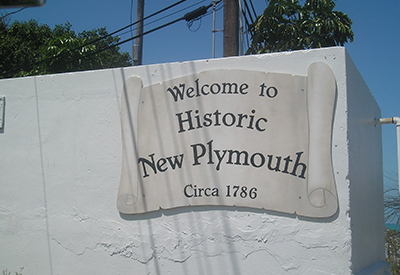Crossing the Line: Boating is great for Sex Drive

By John Morris
A note to readers – Behind the scenes at CTL. In a small corner on the 31st floor of the CY Media Tower in downtown Midland Ontario, the Crossing the Line Team works tirelessly in well-deserved obscurity. We felt this was an opportunity for our audience to get to know these ne’ers-do-well who bring so much to the pages of this otherwise fine magazine.
Senior researcher, Ray Winch, is perhaps best known for becoming the first person to water-ski the Northwest Passage. The most famous picture, of course, was taken when the Sea Ray driver misinterpreted Ray’s hand signal and his Level 15 360 landed him atop a curious polar bear. Incidentally, the Speedo Ray wore on the western section of the journey still hangs proudly in the Northern Frostbite Museum in Frobisher Bay where it is the centrepiece of many school visits.
While our nutritionist contributor Marsha Campion (no relation to the boat brand, just an unhappy coincidence) was unsuccessful with her recipe book for Trawler captains “Cooking with Diesel”, she did achieve considerable attention on Canada’s Baking Marathon when she recreated the historic Bluenose II in a multi-layer torte that unfortunately flew to pieces in a 20-knot wind designed to demonstrate the design’s authenticity.
Writer, John Morris, has extraordinary depth as both a boater and a journalist. As a child he admired Miss Supertest III, the Canadian hydroplane that roundly defeated the US entry to win the Harmsworth Trophy three years in a row from 1959-61. Upon discovering that the sponson structure was fabricated of Sitka Spruce, John hitchhiked to BC where he felled a spruce, hand milled it himself then loaded the planks on his bicycle to take them back to Sarnia stopping to pick up the surplus Rolls Royce engine that had contributed to Canadian racing boat superiority on the water.
Soon after, John undertook to earn the Thunderbird 26 a berth in Olympic Sailing Competition. After petitioning the IOC on nine occasions prior to the 1968 Mexico Games, he disguised his T-Bird as a Soling achieving a remarkable 2nd place finish, which stands to this day as a record for fraudulently entered three-person boats.
Perhaps his finest hour as a boater was when he dipped the anchor of his Carver 354 cruiser in the Bay of Fundy having completed a Cross Canada Portage to show that dry land is no impediment to boating.
Undoubtedly a most impressive recent achievement, his collection of essays “Boating is great for Sex Drive” was awarded both the Nobel Prize for Journalism and Chile’s National Prize for Medicine just last year.
The study
With boat show season upon us, it’s time to take a look at the important Canadian Work-Avoidance Lifestyle Survey, an authoritative study jointly sponsored by Crossing the Line and the Couch Potato Institute.
As you well know, this winter virtually all Canadians have occupied their non-working hours making handcrafted charcuterie boards. But spring is coming, so it’s important to take a look at how boating stacks up compared to other leisure pursuits.
In an exhaustive survey, the study’s authors went boating all last summer, but also played more than 1,000 rounds of miniature golf. After extensive analysis of the data, the team concluded that, beyond the small windmill on the 11th hole of Ed’s Crazy Golf in Port Dover, ON, there was little comparison between the two pastimes.





























